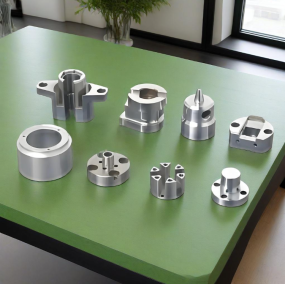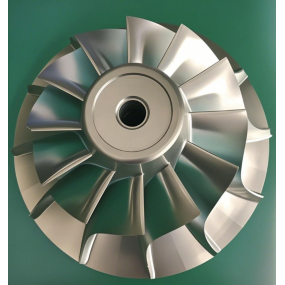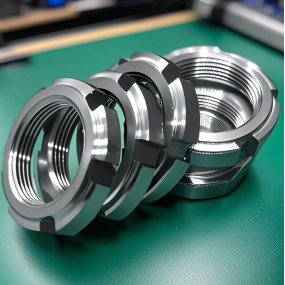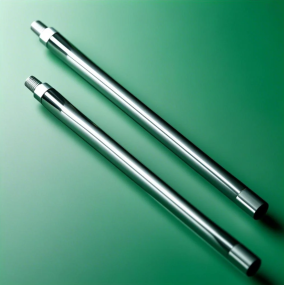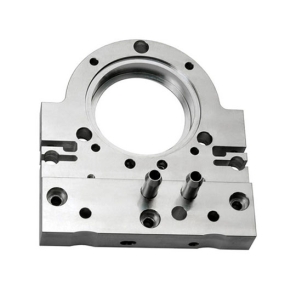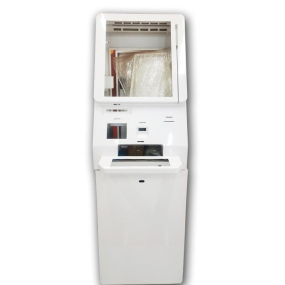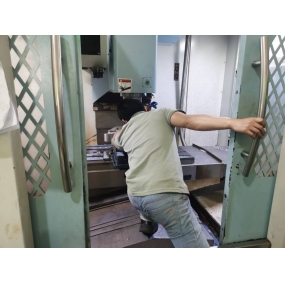Why Stainless Steel CNC Machining Demands Special Attention
Stainless steel CNC machining requires meticulous planning due to the material's unique properties, such as high toughness, work hardening tendencies, and thermal conductivity challenges. Unlike aluminum or mild steel, stainless steel can cause rapid tool wear, surface finish inconsistencies, and dimensional inaccuracies if processed incorrectly. At EMAR, we leverage advanced toolpaths, coolant strategies, and rigid machine setups to overcome these hurdles while maintaining ±.005mm tolerances.
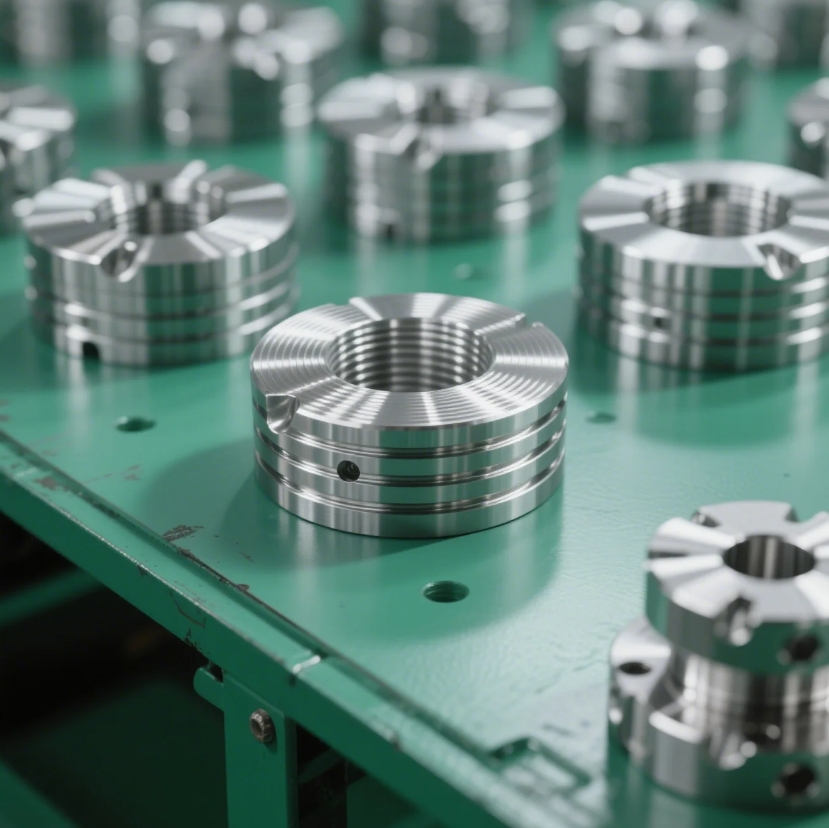
Critical Factors for Successful Machining
Tool selection is paramount: Carbide end mills with TiAlN coatings and sharp cutting edges are preferred for austenitic grades (e.g., 304/316). For martensitic steels (e.g., 440C), ceramic inserts may be employed. Key parameters include:
Cutting speed: 30-50 m/min for roughing, 80-120 m/min for finishing
Feed rate: .05-.15mm/tooth to prevent built-up edge
Depth of cut: ≤4× tool diameter to minimize deflection
EMAR's Proven Process Solutions
Our 5-axis CNC machines integrate high-pressure through-spindle coolant (100+ psi) to manage heat dissipation. For thin-walled components, we employ vibration-dampening fixtures and adaptive trochoidal milling to prevent chatter. Post-machining, passivation treatments ensure corrosion resistance meets ASTM A967 standards. Case studies show our approach reduces scrap rates by 40% compared to conventional methods.
Industry-Specific Applications
From medical implant prototypes to marine hardware, our ISO 13485-certified processes deliver:
Ra .4µm surface finishes for FDA-compliant parts
EDM capabilities for hardened stainless (up to HRC 60)
In-house CMM inspection with full traceability
Request a DFM analysis today at www.sjt-ic.com to optimize your stainless steel CNC project.
Note: All technical recommendations are based on EMAR's 12 years of metallurgical machining expertise and may require adjustments for specific alloys.


 Spanish
Spanish Arabic
Arabic Portuguese
Portuguese Belarusian
Belarusian Japanese
Japanese Russian
Russian Icelandic
Icelandic Bulgarian
Bulgarian Azerbaijani
Azerbaijani Estonian
Estonian Irish
Irish Polish
Polish Persian
Persian Boolean
Boolean Danish
Danish German
German French
French Filipino
Filipino Finnish
Finnish Korean
Korean Dutch
Dutch Galician
Galician Catalan
Catalan Czech
Czech Croatian
Croatian Latin
Latin Latvian
Latvian Romanian
Romanian Maltese
Maltese Malay
Malay Macedonian
Macedonian Norwegian
Norwegian Swedish
Swedish Serbian
Serbian Slovak
Slovak Slovenian
Slovenian Swahili
Swahili Thai
Thai Turkish
Turkish Welsh
Welsh Urdu
Urdu Ukrainian
Ukrainian Greek
Greek Hungarian
Hungarian Italian
Italian Yiddish
Yiddish Indonesian
Indonesian Vietnamese
Vietnamese Haitian Creole
Haitian Creole Spanish Basque
Spanish Basque

